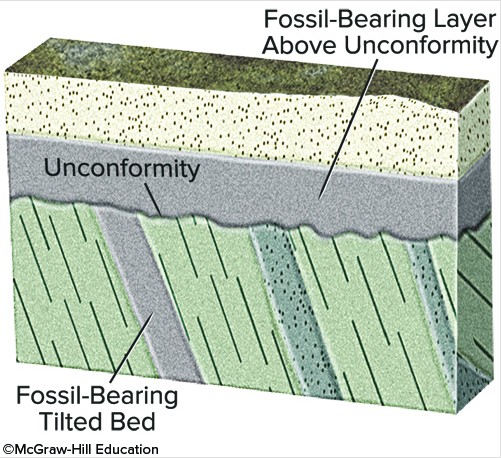Seismic wave is a general term encompassing all waves generated by an earthquake. Discuss the different types of seismic waves
The two major types of seismic waves are body waves and surface waves. Body waves travel through the solid body of Earth and are somewhat like sound waves. Surface waves travel along the ground surface or slightly under it and are analogous to undulations or waves on water surfaces.
An earthquake generates two types of body waves: P-waves and S-waves. P-waves, or primary waves are the fastest seismic waves and can travel through solids, liquids, and gases. S-waves, or secondary waves, are somewhat slower than P-waves and can travel only through solids. The velocities of P- and S-waves are determined by the density and elasticity of the materials through which they travel.
Surface waves travel along the surface of the ground, or just below it, and are slower than body waves. Surface waves generally produce a rolling or swaying motion. The two most important surface waves are Rayleigh waves and Love waves. Rayleigh waves (R-waves) are generally the slower of the two and behave like water waves. The motion of a Love wave (L-wave) is similar to that of an S-wave in that the particles of the material move only back and forth in a horizontal plane perpendicular to the direction of wave travel.
You might also like to view...
Why would intrusive rocks chemically weather more quickly than extrusive rocks? Why would mafic rocks chemically weather more easily than felsic rocks?
What will be an ideal response?
Fire produces ________.
A. oxygen and water vapor B. hydrogen and HCL's C. cellulite and ozone D. carbon dioxide and water vapor E. nitrogen and HFC's
Why is Florida in a tropical climate while Baja California, at the same latitude, is temperate?
a) Florida is sunnier and therefore warmer. b) Ocean currents bring warm water up from the tropics to Florida but cool water down from northern latitudes to Baja. c) Warm winds blow from the south to Florida, but cold winds blow from the north to Baja. d) Hurricanes bring hot, moist weather to Florida, but not to Baja. e) Florida is under the influence of tropical trade winds, but Baja is not.
What would fossil ages from the geologic timescale tell us about the age of this unconformity?
A. The amount of time represented by the unconformity can be approximately bracketed by the ages of the fossils above and below. B. The unconformity is older than the fossil ages in layers above the unconformity. C. The unconformity is younger than the fossil ages on the tilted bed. D. All of these choices are correct.